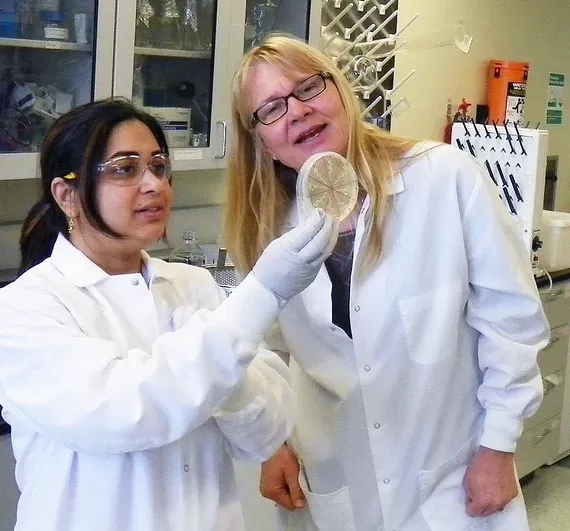
Scientists have found a way to turn all sorts of readily available substances into biofuel: water, wood chips, air. Yes, they literally pulled fuel out of thin air. Are these scientists or magicians?
Now, as part of a growing inquiry into greener flying, researchers have turned to a common fungus in the hopes of making a new jet biofuel.
A team from Washington State University in Pullman, Wash., has developed a way to turn a black fungus found in decaying soil, leaves and fruit into the hydrocarbons that make up fuel for aircraft, the school announced Wednesday. While recent tests have yielded promising results for the use of aviation biofuels, they have yet to be widely commercialized.
WSU's process for creating the organic compounds known as hydrocarbons sounds pretty simple. Scientists from the university's Bioproducts, Sciences and Engineering Laboratory fed microscopic fungus 10 different items including oatmeal, switch grass and leftover wheat canes, and the fungus naturally produced the hydrocarbons.
Professor Birgitte Ahring, the leader of the research project, said in a statement that she believes the fungi release the hydrocarbons to protect themselves from invading bacteria.
























